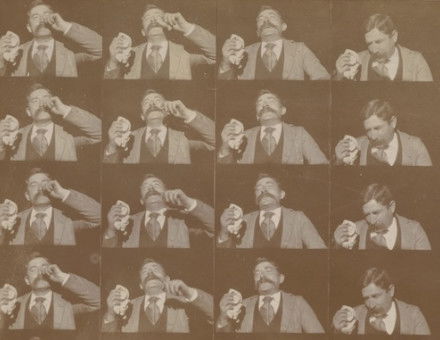The Rüsselheim Revolution
Kenneth Hudson on how the museum at Rüsselsheim is no usual museum of local history or industry. Rather it is a museum of industrialisation conceived as a microcosm of German life to show the effects which industry has had on the lives of local people.
Rüsselsheim lies between Frankfurt and Darmstadt. Until two-thirds of the way through the nineteenth century it was a small market town, with a range of individual craftsmen that was normal for the time and the region. In the early 1870s, however, a time-bomb was placed in Rüsselsheim by Adam Opel. Opel was a skilled mechanic who had worked in France, where he had become enthusiastic about the possibilities of the internal combustion engine. Returning to his native Germany, he established a small factory at Rüsselsheim and staffed it with such skilled men as were available there. To begin with, he produced sewing machines, a novelty much in demand, but soon turned his attention first to motorcycles and then eventually to cars. The business did well and the works was soon employing several hundred people. It prospered during the First World War and again during the motoring boom of the 1920s and 1930s. By then Rüsselsheim had become virtually a one-industry town, drawing its labour-force from a wide area. Opel was an important part of the Nazi war machine and the town naturally attracted its fair share of attention from Allied bombers.





